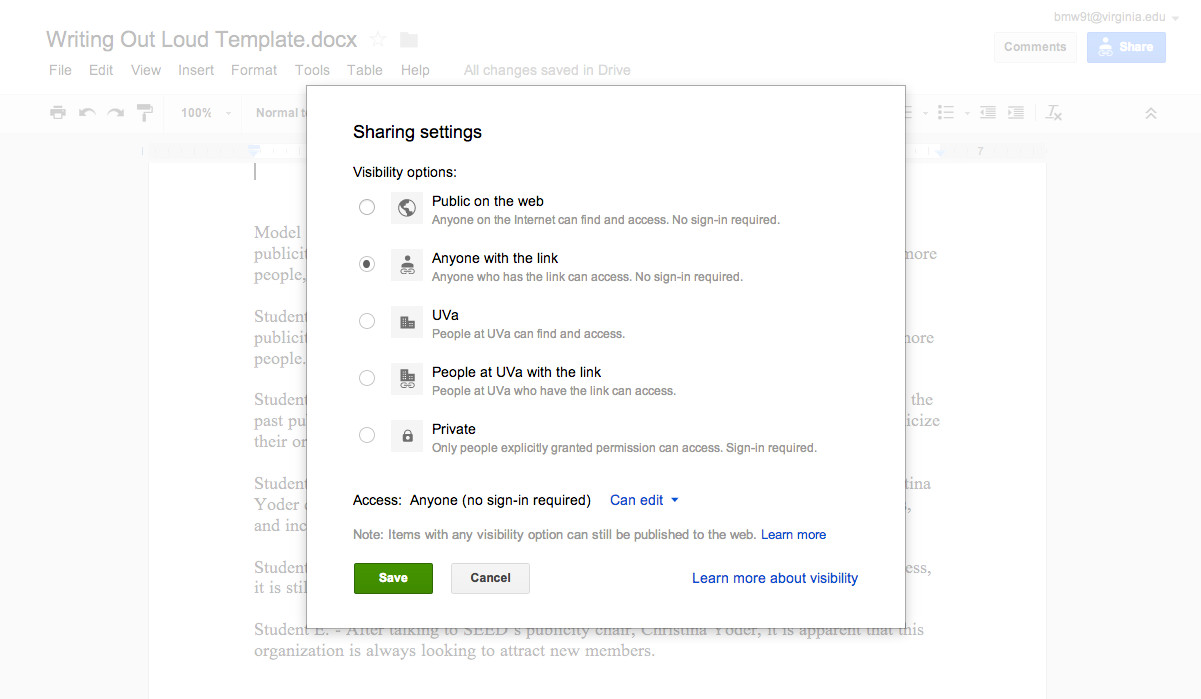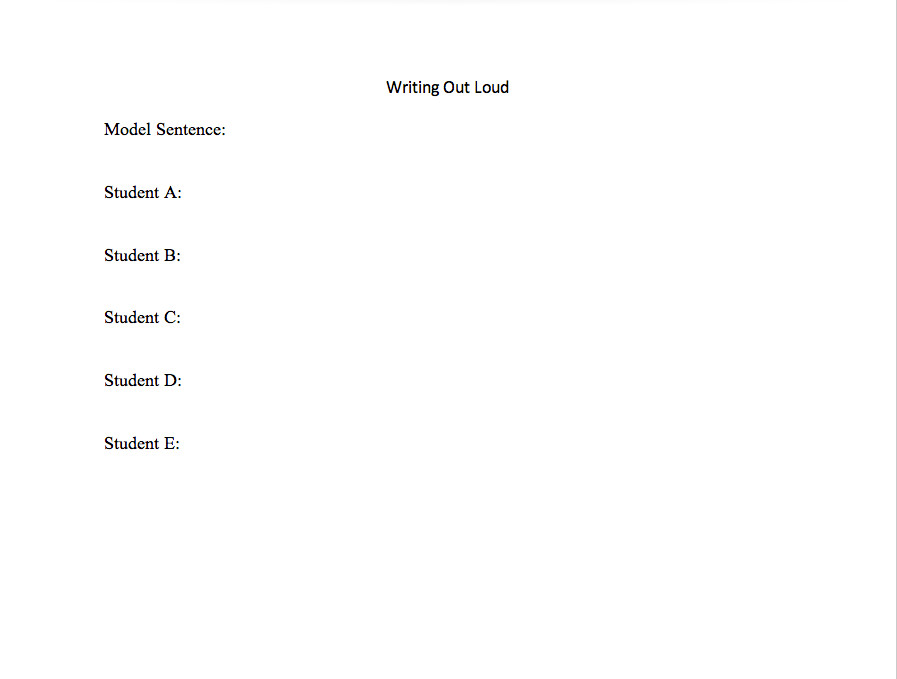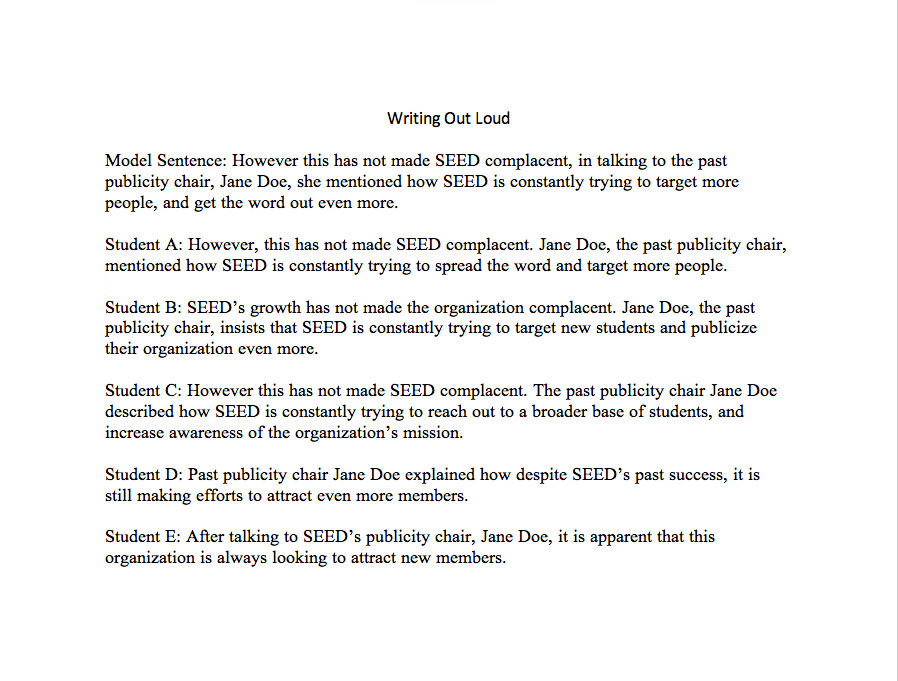Writing Out Loud: Google Docs for Live Writing, Revision, and Discussion
25 Sep 2013 Posted in:pedagogy tools tips I have been using Google Docs as a part of my teaching for almost two years now. The idea first came about in an advanced course on Academic and Professional Writing. We talked a lot about editing in the class, and many of the conversations about style took this shape:
Student A: “Something about this word feels strange, but I don’t know what it is.”
Student B: “What if we moved the phrase to the beginning of the sentence?”
Student C: “We could get rid of that word and use this phrase instead.”
Hard to wrap your head around, right? Just imagine if those conversations were spoken. Talking about writing can only get you so far: writing is graphic, after all. As I write and edit, I try out different options on the page. I model possibilities, but I do so in writing. Discussing the editing process without visual representations of suggested changes can make things too abstract to be meaningful for students. I developed an exercise that I call “Writing Out Loud” that more closely mirrors my actual editing process. Using a Google Doc as a collaborative writing space, students are able to model alternate revisions visually and in real time for discussion.

The setup requires a projector-equipped classroom and that students bring their laptops to class. Circulate the link to the Google Doc ahead of time, taking care that anyone with the link can edit the document.
The template of the Google Doc consists of a blank space at the top for displaying the sentence under question and a series of workspaces for each student consisting of their name and a few blank lines. Separate workspaces prevent overlapping revisions, and they also minimize the disorienting effects of having multiple people writing on the same document.

We usually turn to the exercise when a student feels a particular sentence is not working but cannot articulate why. When this happens, put the Writing Out Loud template on the projector with the original version of the sentence at the top. Using their own laptops, students sign onto the Doc and type out alternative versions of the sentence, and the multiple possible revisions show up on the overhead for everyone to see and discuss. After each student rewrites the sentence to be something that they feel works better, ask for volunteers to explain how the changes affect meaning. The whole process only takes a few minutes, and it allows you to abstract writing principles from the actual process of revision rather that the other way around. How does the structure of a sentence matter? How can word choice change everything? What pieces of a sentence are repetitive?

Obviously Writing Out Loud works better on micro-edits, revisions at the level of the sentence. The standard process of the exercise—write, collate, and discuss—would take far too long with anything longer than a few lines. The exercise can be particularly useful for those sentences that carry a lot of importance for entire arguments: thesis statements, topic sentences, the first sentences of the document, etc.
I find that students often think of editing as an intense, sweeping process that involves wholesale transformation from the ground up. Modeling multiple, slightly different versions of the same sentence can allow for a more concrete discussion of the sweeping rhetorical changes that even the smallest edits can make.